Founded in 1995, the Documentation Centre of Cambodia (DC-Cam) has been the primary institution in Cambodia focused on documenting and preserving the legacy of the Khmer Rouge period.
It is dedicated to the collection, preservation, and dissemination of information regarding the genocide that took place from 1975 to 1979, a time when nearly 2 million Cambodians were killed under the brutal leadership of Pol Pot. The Centre houses an extensive archive of testimonies, photographs, documents, and artifacts that provide valuable insight into the atrocities of the Khmer Rouge regime.
The work of DC-Cam is not only about documenting the past but also ensuring that future generations understand the scale of the tragedy and the importance of preventing such a horrific event from happening again. By collecting firsthand accounts from survivors, the Centre humanizes the history and ensures the voices of the victims are not forgotten.
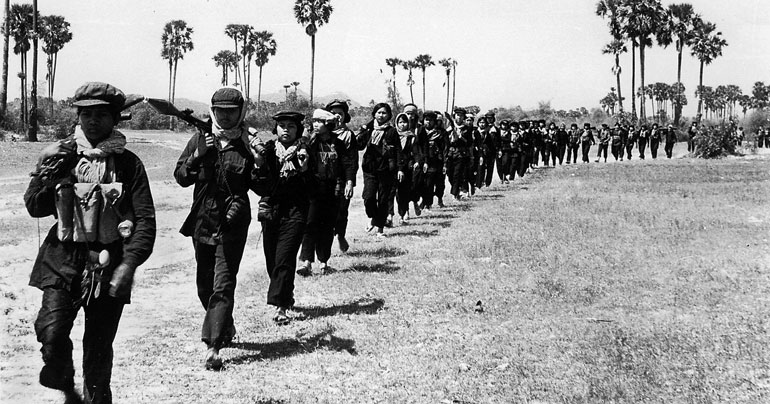
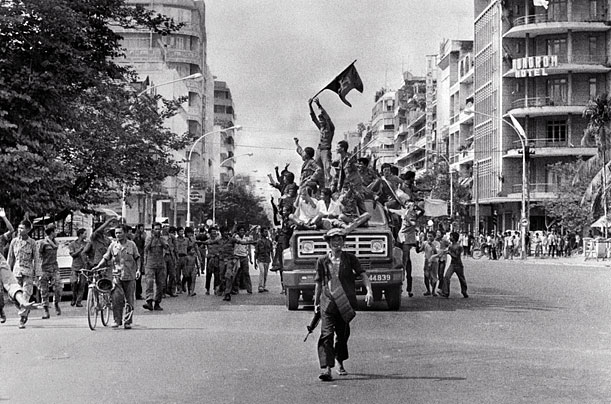
Role in Dark Tourism
Cambodia is a significant destination for dark tourism, attracting people from around the world who are interested in learning about the Khmer Rouge genocide. Sites like Tuol Sleng Genocide Museum (S21) and the Killing Fields of Choeung Ek have become key stops for tourists seeking to understand the country’s tragic past.


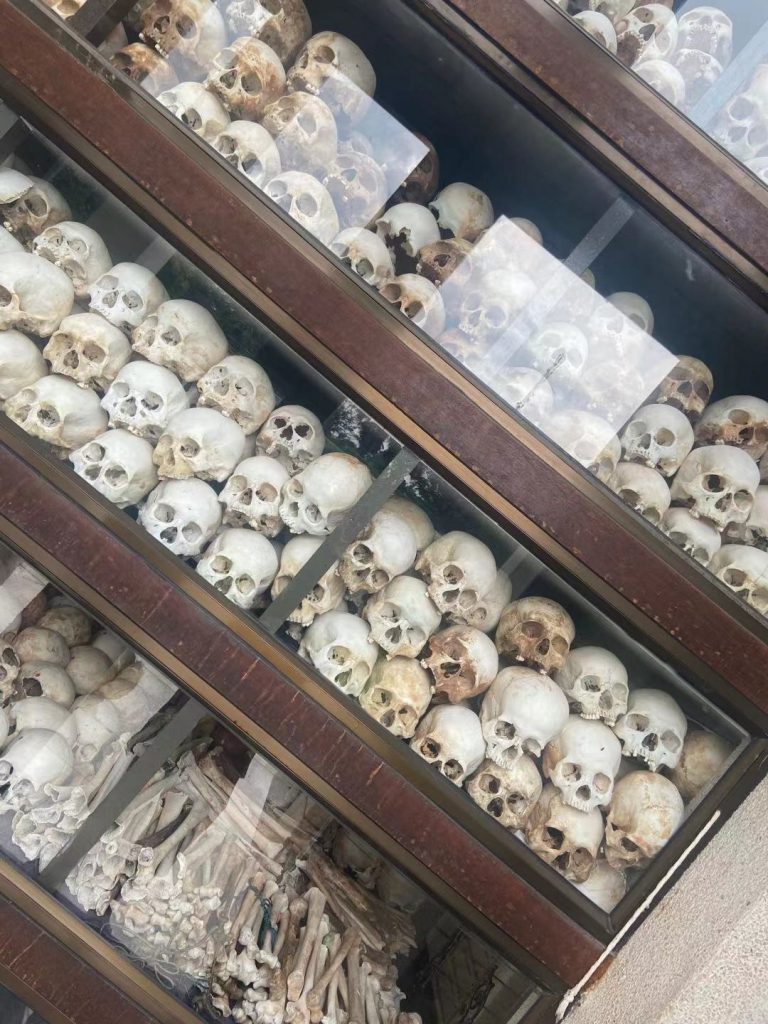
DC-Cam plays an important role in preserving and presenting these sites. The Centre works closely with organizations and institutions managing these memorials to ensure they are not only preserved but also presented in a respectful and educational manner. Its input helps maintain the integrity of these locations, guiding visitors through the dark history of Cambodia in a way that honors the victims without sensationalizing their suffering.
In addition to the physical sites, DC-Cam is instrumental in educating both locals and tourists about the significance of these locations. Through exhibitions, research, and educational programs, DC-Cam provides important context that helps visitors engage meaningfully with the past.
Educational Efforts
Education is central to the mission of DC-Cam. By documenting survivor testimonies, the Centre has created an invaluable resource for both academic research and public education. It also runs educational programs designed to teach both Cambodians and international visitors about the history of the Khmer Rouge period.
The Centre has developed a variety of educational tools, including books, exhibitions, and multimedia presentations. These resources are used to teach students and visitors about the atrocities that took place during the Khmer Rouge era and to ensure the history is passed on to future generations.
In particular, DC-Cam provides educational materials for tourists visiting dark tourism sites, helping to enhance their understanding of the historical significance of these locations.
Click the link to learn about Dark Tourism in Anlong Veng.
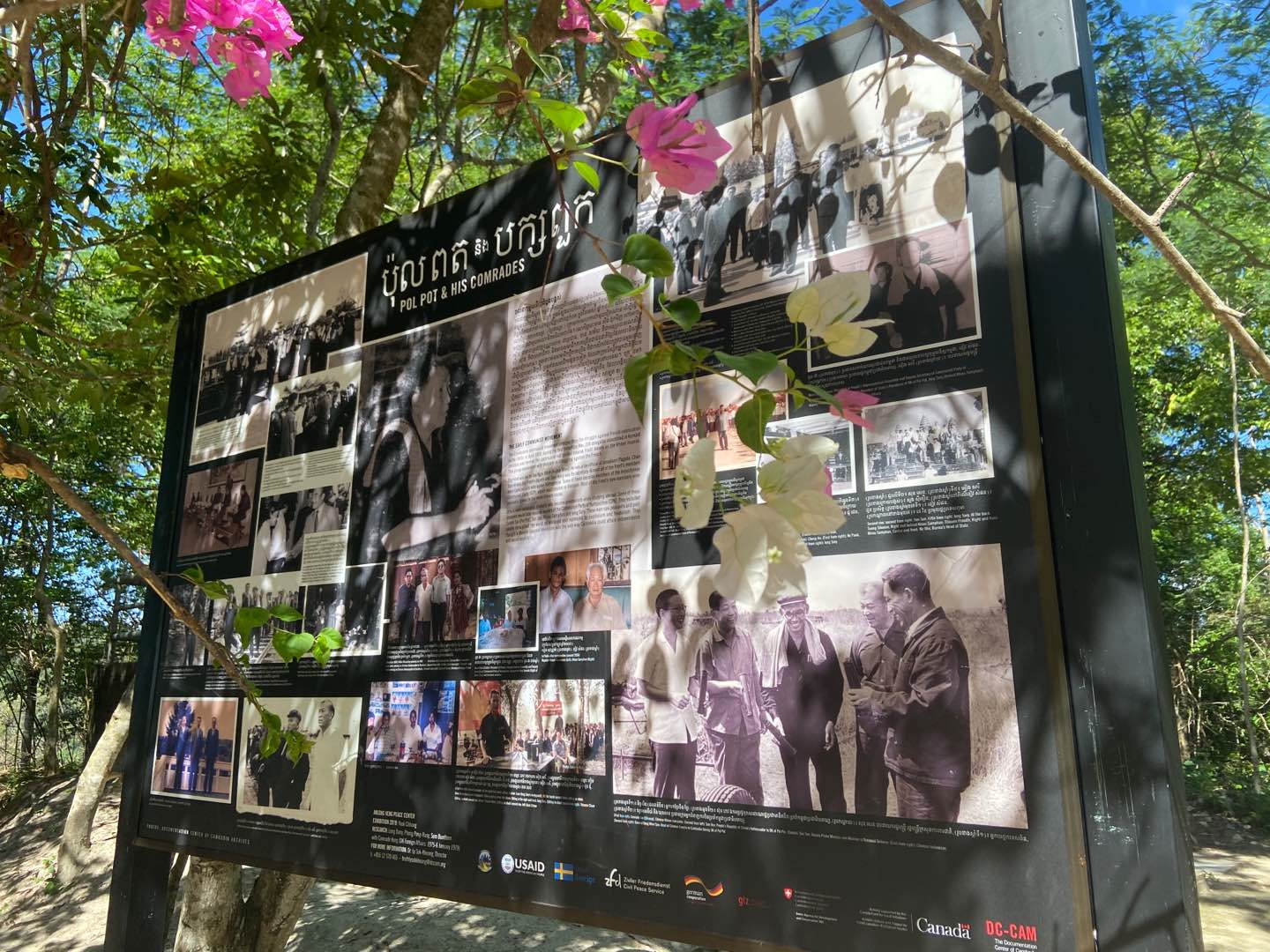

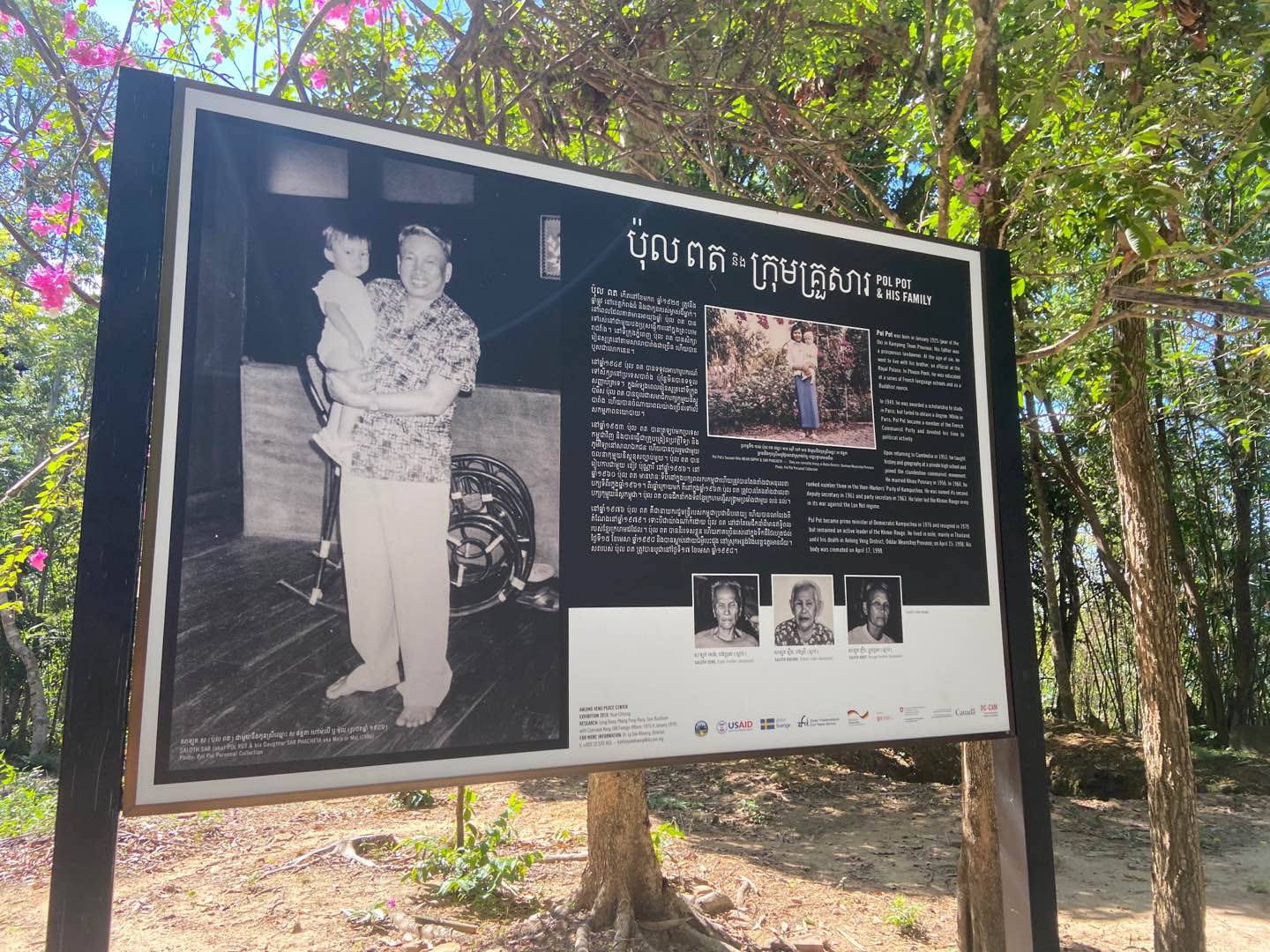
Supporting Justice and Legal Proceedings
In addition to its educational role, the Documentation Centre of Cambodia (DC-Cam) is also a key player in the pursuit of justice for the victims of the Khmer Rouge regime. The Centre has played a major role in gathering evidence and facilitating the legal proceedings related to the atrocities committed. By working with international courts and local authorities, DC-Cam helps ensure that the crimes of the Khmer Rouge are documented and acknowledged by the global community.
Conclusion: Why DC-Cam Matters
The Documentation Centre of Cambodia (DC-Cam) is an indispensable institution in the country’s ongoing effort to come to terms with its past. By preserving records, educating the public, and supporting legal proceedings, DC-Cam ensures that the atrocities committed during the Khmer Rouge era are not forgotten.
You can check out many of the sites looked after by DC-Cam through our Cambodia Tours with YPT able to arrange bespoke travel packages to see tourism sites related to the Khmer Rouge and Democratic Kampuchea.





